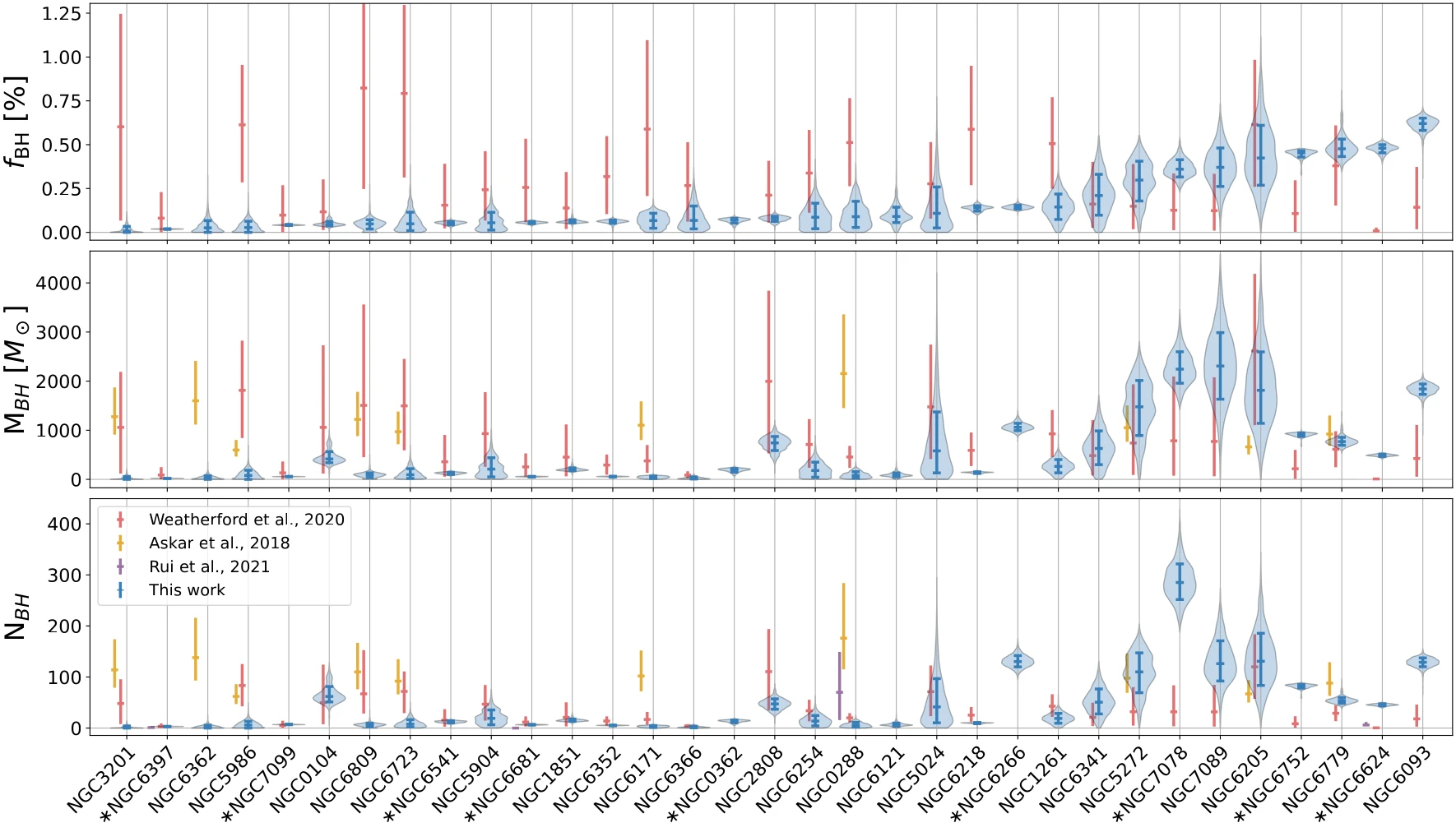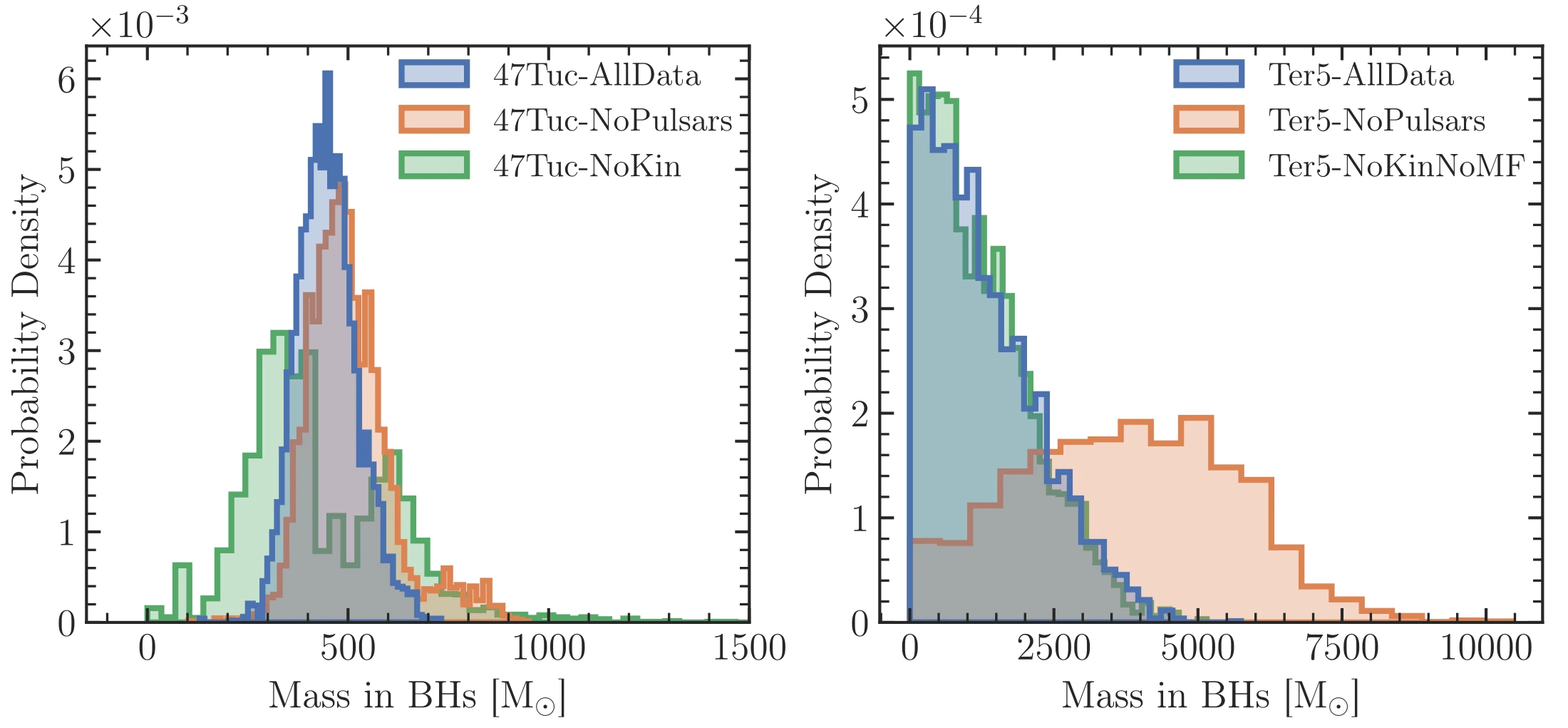oMEGACat. VI. Analysis of the overall kinematics of Omega Centauri in 3D: velocity dispersion,
kinematic
distance, anisotropy, and energy equipartition.
M. Häberle, N. Neumayer, C. Clontz, A. Seth,
P. Smith, S. Kamann, R. Pechetti, M. S. Nitschai, M.
Alfaro-Cuello, H. Baumgardt, A. Bellini, A. Feldmeier-Krause, N. Kacharov, M. Libralato, A. P. Milone,
S.
Souza, G. van de Ven, Z. Wang.
ApJ, 983, 95 (2025).
ADS
arXiv
Probing populations of dark stellar remnants in the globular clusters 47 Tuc and Terzan 5 using
pulsar timing.
P. Smith, V. Hénault-Brunet, N. Dickson, M. Gieles, H. Baumgardt.
ApJ, 975, 268 (2024).
ADS
arXiv
Multimass modelling of milky way globular clusters - II. Present-day black hole populations.
N. Dickson,
P. Smith, V. Hénault-Brunet, M. Gieles, H. Baumgardt.
MNRAS, 529, 331-347 (2024).
ADS
arXiv
Multimass modelling of Milky Way globular clusters - I. Implications on their stellar initial mass
function above 1 M☉.
N. Dickson, V. Hénault-Brunet, H. Baumgardt, M. Gieles,
P. Smith.
MNRAS, 522, 5320-5339 (2023).
ADS
arXiv


